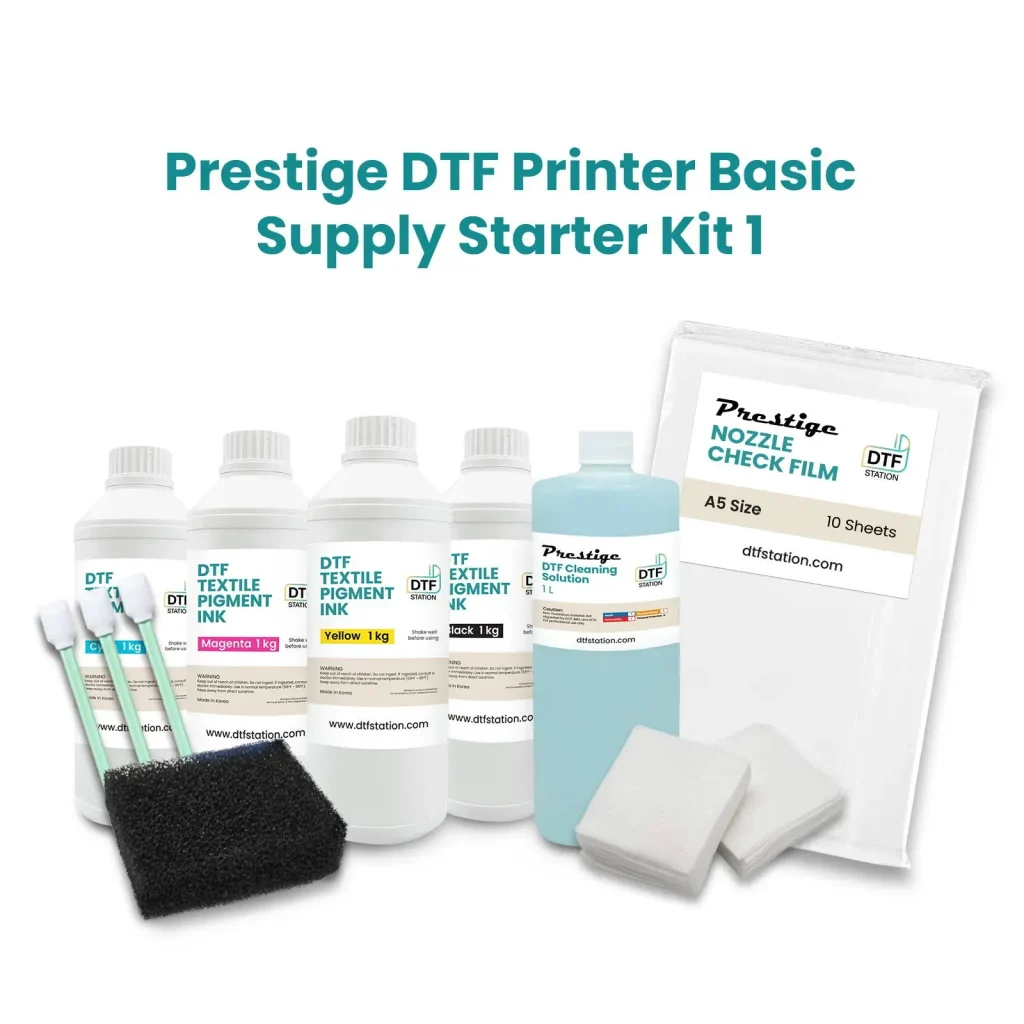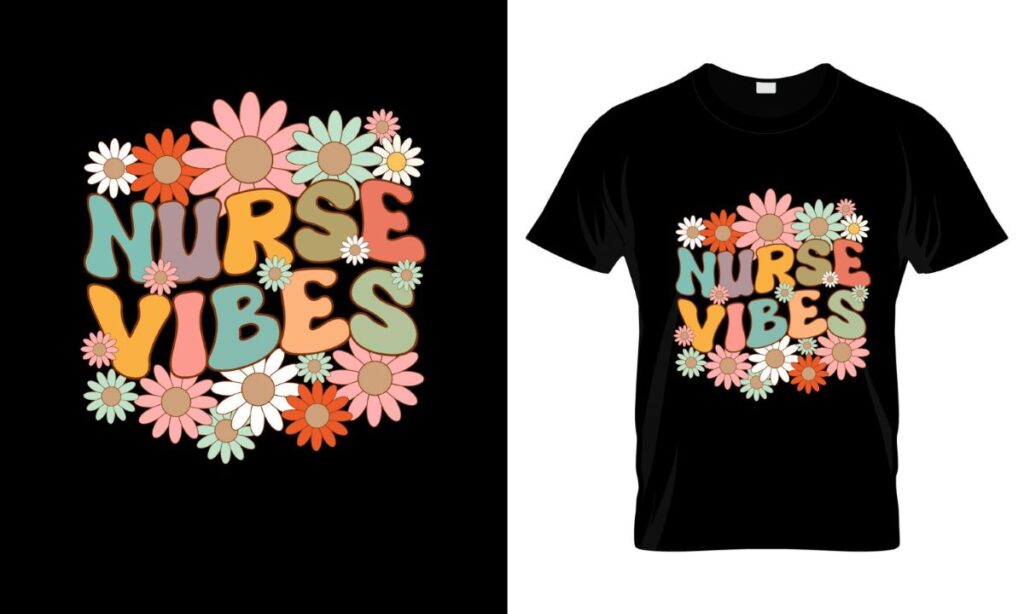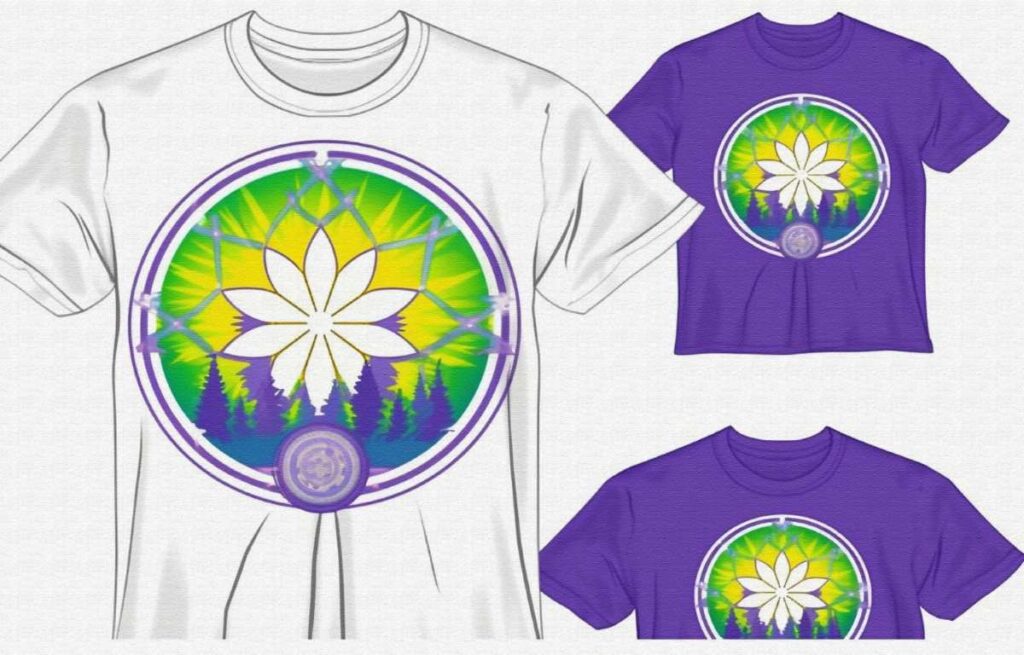In the realm of garment decoration, DTF Supplies have emerged as essential components for achieving stunning, long-lasting prints. Leveraging the latest advancements in DTF printing technology, these supplies— including DTF inks, transfer films, and adhesive powder for DTF— allow businesses to produce vibrant designs efficiently. Each element plays a significant role, from the quality of the inks that ensure vibrant colors to the specialized films designed for optimal adhesion. Additionally, pairing the right heat press for DTF can vastly improve the quality of transfers, making them durable against wear and tear. Investing in high-quality DTF Supplies not only elevates your printing capabilities but also sets a foundation for success in the competitive world of custom apparel.
When exploring the dynamic options in garment decoration, the innovations associated with DTF Supplies offer a modern solution to traditional printing challenges. Direct to Film techniques have transformed how custom designs are applied to fabric, with critical components like DTF inks and transfer films at the forefront of this evolution. The use of specialized powders for bonding and a reliable heat press for DTF ensures that each print maintains its integrity and visual appeal. Optimizing these tools can lead to remarkable efficiencies in printing operations, allowing businesses to meet customer demands with speed and quality. In this fast-paced industry, embracing these advanced materials is crucial for any print shop aiming for top-tier results.
Understanding the Benefits of DTF Printing
DTF printing offers a range of advantages that make it a preferred choice for many garment decorators. One of its primary benefits is the ability to print vibrant designs on various fabric types, including cotton, polyester, and blends. This versatility not only caters to a broader audience but also opens up opportunities for creative expression in fashion and promotional items. Moreover, DTF prints are known for their durability, resisting fading and wear over time, which is essential for maintaining a high-quality appearance even after multiple washes.
Another significant benefit of DTF printing is its efficiency in production. Unlike traditional methods, which may require multiple steps and processes, DTF allows for a streamlined workflow. The printing is direct, and the use of water-based inks means that there are fewer harmful emissions, making DTF a more eco-friendly option. Furthermore, the quick turnaround time from design to final product meets the growing demand for rapid production in today’s fast-paced market.
Essential DTF Supplies for Success
To ensure successful DTF printing, it is crucial to have the right supplies. This includes high-quality DTF inks that yield vibrant colors and excellent adhesion to the transfer films. By choosing inks specifically suited for DTF processes, you reduce the likelihood of print failures and ensure long-lasting results. Additionally, using compatible DTF transfer films enhances the overall print quality, allowing for intricate designs and sharp detail. Investing in these supplies upfront can save you time and resources down the road.
In addition to inks and films, other key supplies such as adhesive powder for DTF play a significant role in achieving a strong bond between the film and fabric. The right adhesive powder ensures that prints withstand washing and abrasion, thereby increasing customer satisfaction with the longevity of the prints. Don’t forget about high-quality heat presses; a reliable heat press with precise temperature control can dramatically affect the quality of the final product by ensuring even transfer.
The Role of DTF Inks in Print Quality
DTF inks are a vital component in the Direct to Film printing process, directly impacting the final image quality. High-performance DTF inks are specially formulated to provide excellent color reproduction and durability on fabrics. When selecting inks, it’s important to choose those that are specifically designed for DTF applications to help reduce problems such as blurriness or fading. Recent innovations have led to water-based inks that not only deliver brilliant colors but are also environmentally friendly.
Another advantage of using quality DTF inks is their efficiency. These inks are concentrated and can reduce overall ink consumption, which is not just cost-efficient but also environmentally sustainable. Furthermore, they allow for better pigment dispersion, which enhances color vibrancy and output speed. Ultimately, investing in premium DTF inks can significantly elevate your printing game and help meet customer demands for high-quality products.
Choosing the Right DTF Transfer Films
DTF transfer films are crucial for successful printing outcomes, as they provide the substrate upon which designs are printed before being transferred to fabrics. The type of film used can greatly affect the adhesion and clarity of the final design. Thicker films are often more durable, while thinner films may be better suited for detailed designs but require more precise printer settings. Understanding the differences in transfer films and their appropriate use is essential for achieving optimal results.
When selecting transfer films for DTF printing, always prioritize those labeled specifically for DTF processes. These films are designed to withstand the heat and pressure of the transfer process, ensuring better adherence to fabrics. Additionally, experimenting with different film types can help you find the perfect match for the fabric and design you’re working with, ultimately enhancing the overall quality of your prints.
Maximizing Efficiency with Adhesive Powder
Adhesive powder for DTF applications plays a pivotal role in ensuring that the transfer adheres properly to the fabric during the heat press process. The right type of adhesive powder allows for a stronger bond, improving the print’s durability against washing and general wear. Utilizing high-quality adhesive powders can also ease the application process, thereby increasing productivity and reducing the potential for errors during the transfer.
When choosing adhesive powder, consider formulations that offer enhanced durability and fine particle sizes to ensure even coverage. Additionally, mixing the powder adequately and applying it correctly is crucial for achieving the best results. Reliable adhesive powders can significantly affect the longevity of printed garments, leading to increased customer satisfaction and repeat business.
Investing in the Right Heat Press for DTF
A high-quality heat press is essential for executing successful DTF transfers. The temperature and pressure applied during the heat transfer process can make or break the quality of the print. Choosing a heat press that features accurate digital controls ensures that users can easily set and maintain the appropriate conditions for different materials and designs.
Furthermore, modern heat press machines are engineered to provide even heat distribution, which is crucial for ensuring consistent results. Investing in a reliable heat press not only streamlines the transfer process but also increases productivity, allowing businesses to meet tight deadlines without compromising on quality.
Frequently Asked Questions
What are the key benefits of using DTF inks in DTF printing?
DTF inks provide vibrant colors, enhanced durability, and environmentally friendly options for printing. High-quality DTF inks ensure that your prints maintain their quality after multiple washes, contributing to overall customer satisfaction.
How do I choose the right DTF transfer films for my projects?
Selecting the right DTF transfer films involves ensuring compatibility with your printer and choosing films specifically designed for DTF printing. High-quality films enhance adherence and detail, while thinner films are better for intricate designs.
What role does adhesive powder play in the DTF printing process?
Adhesive powder is crucial for bonding the DTF film to fabric during heat transfer. Using the correct adhesive powder improves wash and rub resistance, ensuring that your prints last longer on garments.
Why is a high-quality heat press important for DTF printing?
A high-quality heat press provides precise temperature and pressure controls necessary for effective DTF transfer. Investing in a reliable heat press minimizes print failures and streamlines the transfer process, enhancing overall efficiency.
How can I maintain my DTF printing equipment for optimal performance?
Regular maintenance, including cleaning print heads and checking equipment functionality, is essential for preventing downtime and extending equipment life in DTF printing. Establish a routine maintenance schedule to keep your operations running smoothly.
What should I consider when upgrading my DTF printer?
When upgrading your DTF printer, look for high-resolution models that promise improved speed, quality, and features designed to optimize printing efficiency. Newer printers can reduce downtime and enhance print details significantly.
| Key Supplies for DTF Printing | Description | Importance | |
|---|---|---|---|
| DTF Inks | High-quality water-based inks that produce vibrant colors and are environmentally friendly. | ||
| Transfer Films | Special films that ensure adherence and clarity of designs during the transfer process. | ||
| Adhesive Powder | Powder that secures the bond between the film and fabric, enhancing durability. | ||
| Heat Press | A machine that applies heat and pressure to transfer designs onto fabric. | ||
| Printers | High-resolution printers that enhance detail and speed of printing. | ||
Summary
DTF Supplies are essential for maximizing the efficiency and quality of your printing processes. This innovative technique uses specific inks, films, powders, and equipment tailored for optimal results. By equipping your operation with the right DTF supplies, you ensure vibrant, durable prints that meet market demands. Regular maintenance, effective color management, and skilled staff further enhance your efficiency in this competitive landscape. Staying informed on the latest DTF innovations will help you maintain a significant edge in the garment decoration industry.



